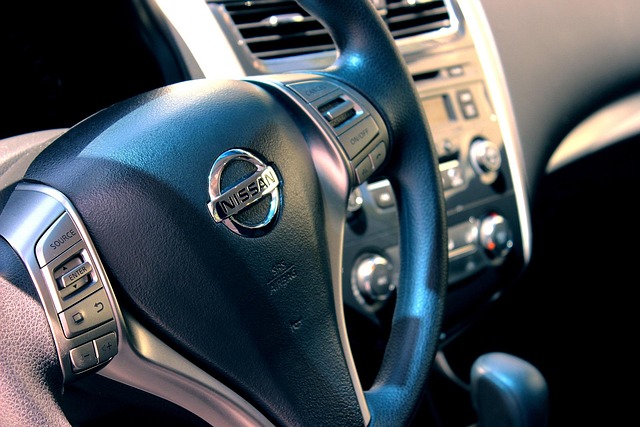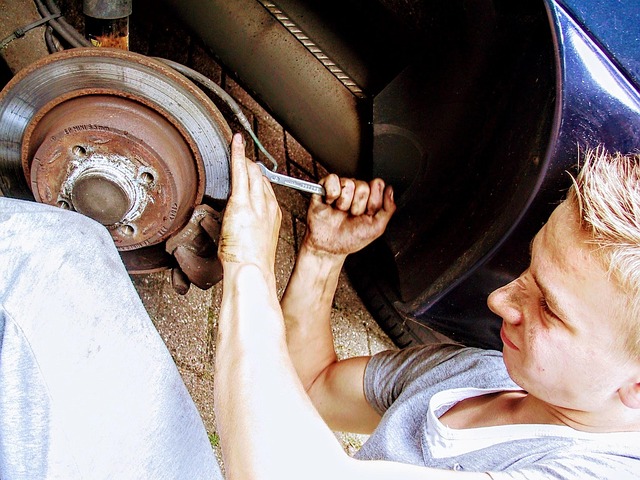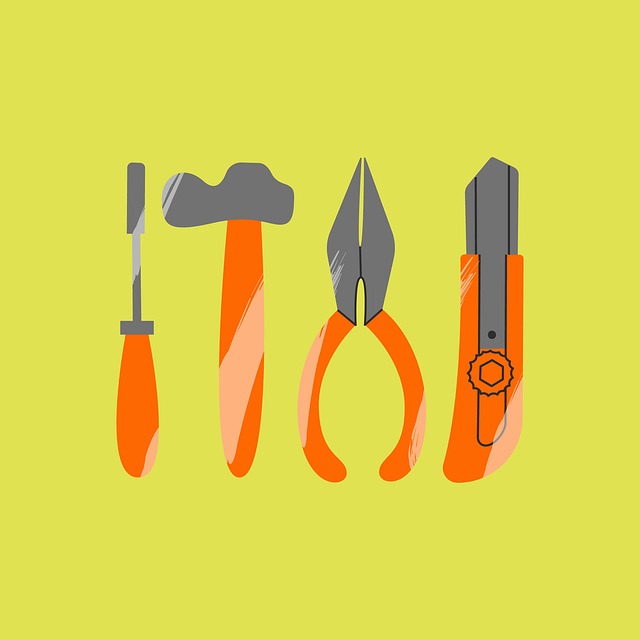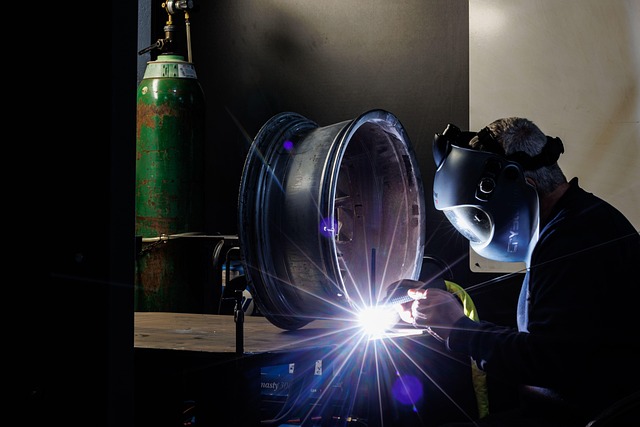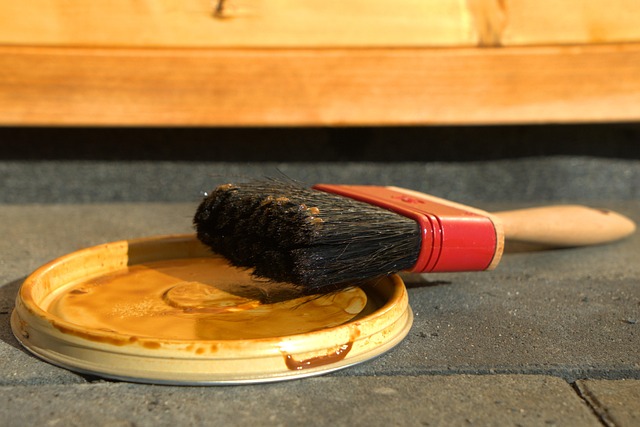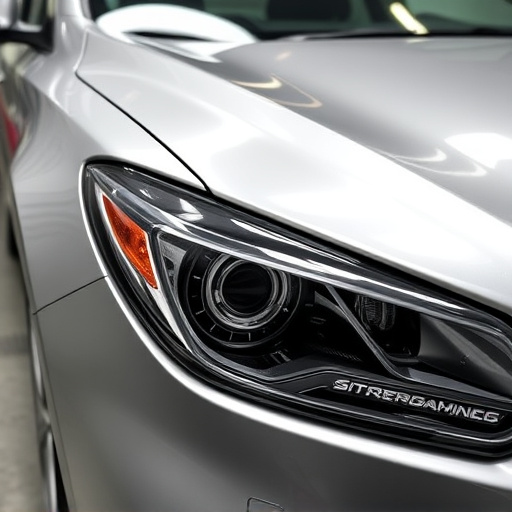OEM vs aftermarket auto body panels: OEM parts offer superior fitment and quality for precise restoration, while aftermarket panels provide cost-effective solutions with better availability. New auto body panels, regardless of type, ensure structural integrity, aesthetic appeal, and compatibility when sourced from reputable manufacturers. Choose based on vehicle compatibility, desired quality, and budget, considering that OEM panels excel in craftsmanship but aftermarket options may be more affordable with varying material quality.
“In the world of automotive repairs, choosing the right replacement parts is paramount. When it comes to vehicle restoration, understanding the distinction between Original Equipment Manufacturer (OEM) and aftermarket auto body panels is essential. This article guides you through the process, shedding light on the benefits and considerations of using new auto body panels.
We’ll explore how to make an informed decision for your specific vehicle, ensuring a safe and reliable repair.”
- Understanding OEM and Aftermarket Auto Body Panels
- Benefits and Considerations of Using New Auto Body Panels
- How to Choose Between OEM and Aftermarket for Your Vehicle
Understanding OEM and Aftermarket Auto Body Panels

OEM (Original Equipment Manufacturer) auto body panels are the original parts that come equipped on a new vehicle. These panels are designed and engineered specifically for the car’s make and model, ensuring precise fitment and top-notch quality. When it comes to replacing or repairing damaged vehicle bodywork, such as fender repair, OEM panels offer a like-new restoration due to their exact dimensions and contouring.
Aftermarket auto body panels, on the other hand, are third-party manufactured replacements designed to fit various makes and models of cars. While they may not match the precise specifications of OEM parts, aftermarket panels can be a cost-effective solution for car bodywork repairs. These panels are often more readily available and affordable than their OEM counterparts, making them a popular choice for those looking for quick and budget-friendly fender repair solutions without sacrificing too much in terms of fitment or quality.
Benefits and Considerations of Using New Auto Body Panels
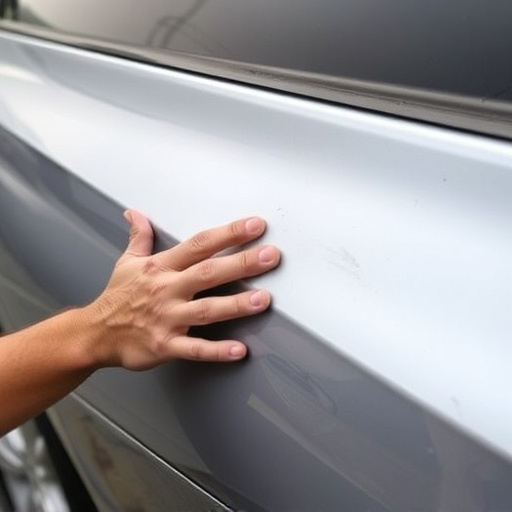
New auto body panels offer a range of benefits for those involved in automotive collision repair or looking to undertake car body repair themselves. One of the primary advantages is their ability to provide an exact match for the vehicle’s original design, ensuring a seamless fit and maintaining the overall aesthetic appeal of the vehicle. These panels are typically manufactured using advanced technologies, resulting in superior quality and precision. This level of craftsmanship not only enhances the structural integrity of the vehicle but also contributes to safer driving conditions.
When considering new auto body panels for your vehicle, it’s essential to source them from reputable manufacturers or trusted suppliers. A reliable vehicle body shop can provide guidance on selecting the right panels for your specific make and model. This ensures compatibility and longevity, reducing the chances of future issues during installation. Moreover, many modern auto body panels come with additional features like corrosion resistance, ensuring long-lasting protection against rust and other environmental damages, which is a significant advantage over older or aftermarket alternatives in terms of car body repair.
How to Choose Between OEM and Aftermarket for Your Vehicle
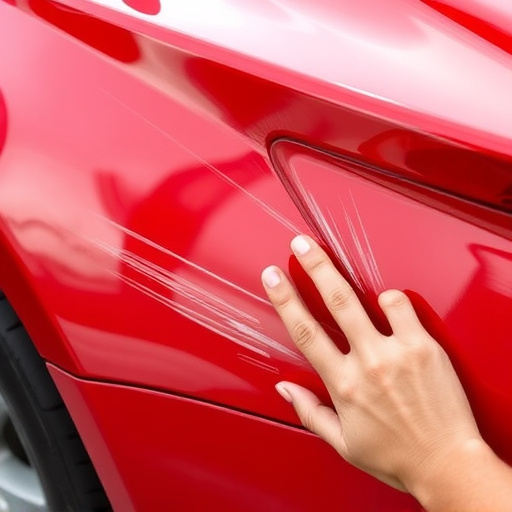
When deciding between OEM (Original Equipment Manufacturer) and aftermarket auto body panels for your vehicle, there are several key factors to consider. One important aspect is compatibility; ensure that the new auto body panels fit perfectly with your car’s make and model. Aftermarket panels might offer a more affordable option, but they may not align precisely with your vehicle’s design, impacting the overall finish.
Additionally, assess the quality of the materials. OEM panels are known for their superior craftsmanship and adherence to strict manufacturing standards, ensuring a seamless fit and durable performance. Aftermarket products can vary significantly in terms of material quality; some may be made with inferior grade metals or lack the precision engineering of OEM parts. Prioritizing auto painting and car restoration? High-quality aftermarket panels might require more effort during the auto body work process to achieve a professional finish, while OEM parts are often designed for seamless integration and easier installation.
When deciding between OEM and aftermarket auto body panels, considering both quality and compatibility is key. New auto body panels offer benefits like superior craftsmanship and exact fitting, ensuring your vehicle’s structure remains robust. However, aftermarkets can provide cost-effectiveness without sacrificing too much in performance. The choice ultimately depends on individual needs, budget, and the specific requirements of your vehicle. Always ensure the panels are of high quality to guarantee safety and longevity for your ride.




